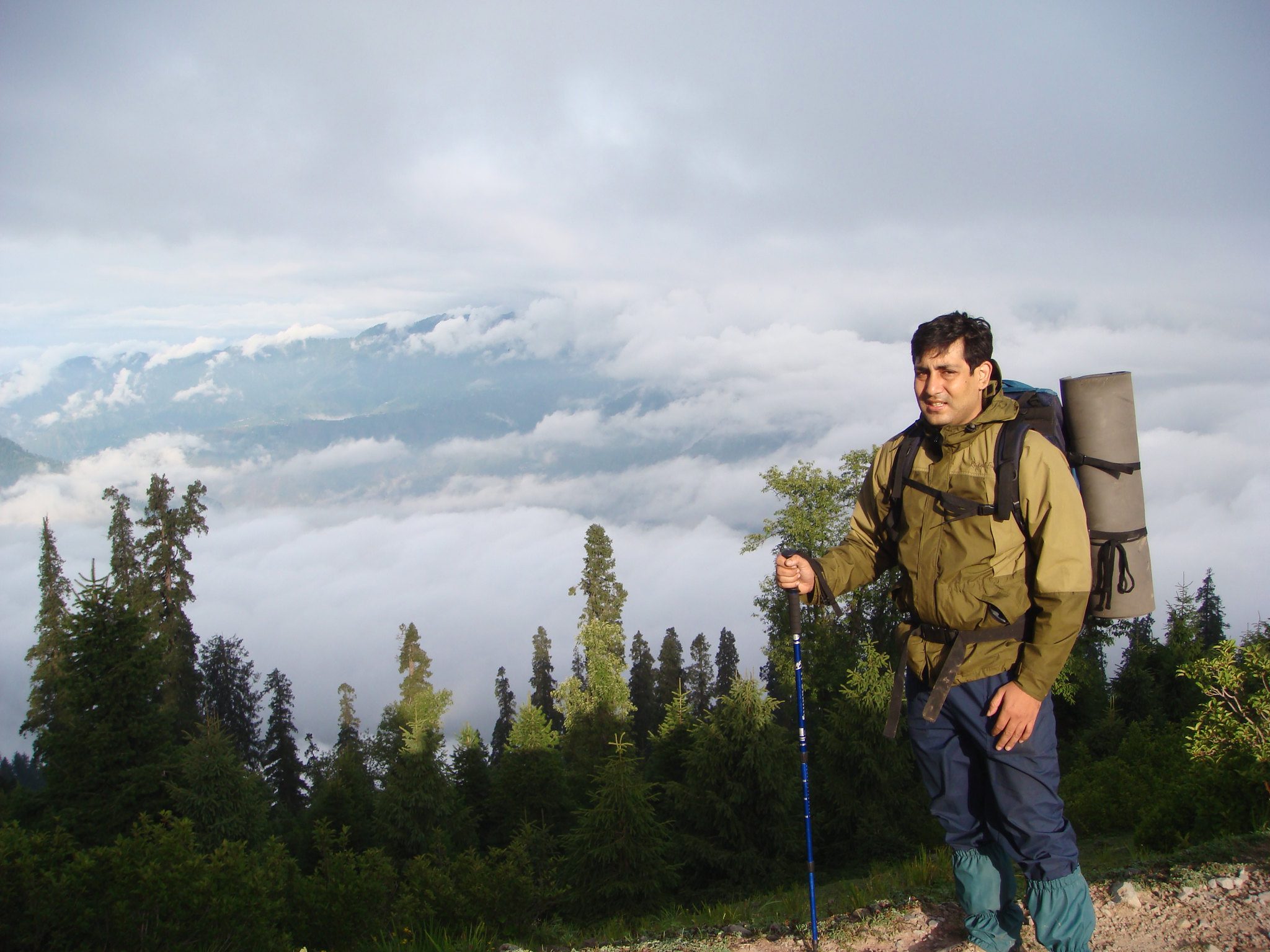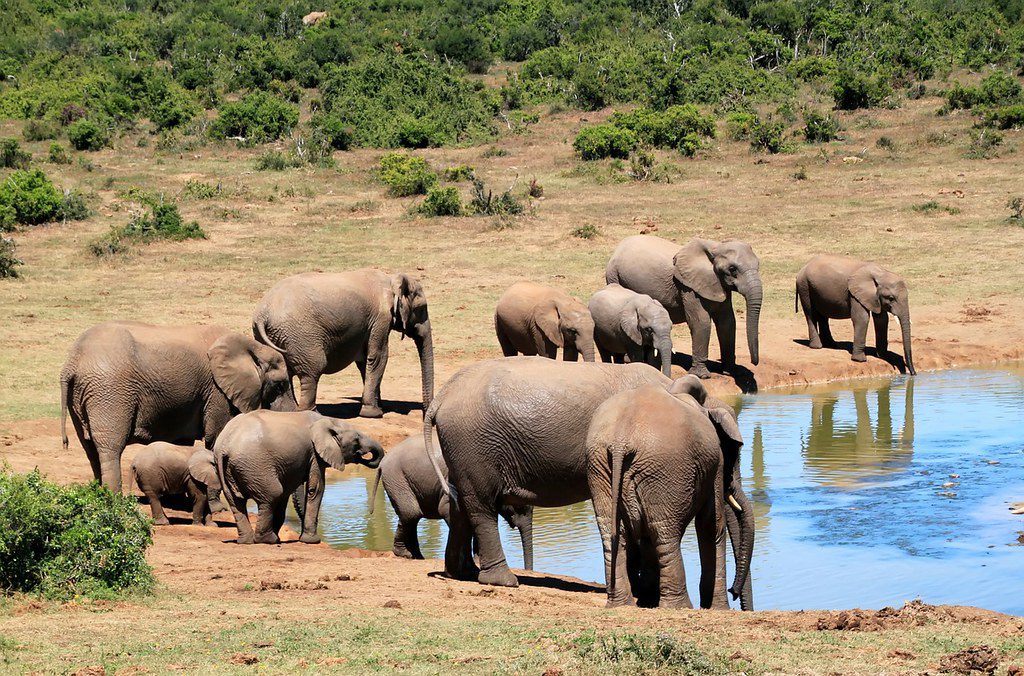When heading out for outdoor adventures, choosing the right clothing is essential for comfort, protection, and enjoyment. Whether you’re hiking, camping, or exploring nature, here’s a comprehensive guide on what to wear for various outdoor activities:
1. Base Layers:
Start with moisture-wicking base layers that keep sweat away from your skin. Opt for lightweight, breathable materials like merino wool or synthetic fabrics.
2. Shirts:
Choose lightweight, long-sleeved shirts to protect your skin from the sun and bugs. Look for shirts with UPF (ultraviolet protection factor) for added sun protection.
3. Pants/Shorts:
For hiking and outdoor activities, wear moisture-wicking pants or shorts with plenty of pockets. Convertible pants that can be turned into shorts are a versatile option.
4. Outerwear:
Pack a waterproof and windproof jacket, especially if you’ll encounter variable weather. Look for options with breathable membranes to prevent overheating.
5. Footwear:
Invest in sturdy, supportive hiking boots or trail shoes. Make sure they’re broken in before your trip to avoid blisters. For water activities, consider water shoes with good traction.
6. Socks:
Choose moisture-wicking socks made from materials like merino wool to keep your feet dry and prevent blisters. Bring extra pairs for longer trips.
7. Hats and Sunglasses:
Wear a wide-brimmed hat or a cap with a neck flap for sun protection. Polarized sunglasses with UV protection are crucial to shield your eyes from glare and harmful rays.
8. Gloves:
Pack lightweight gloves for chilly mornings or activities that might require hand protection, such as rock climbing or kayaking.
9. Insulation Layer:
Bring a lightweight, packable insulating layer like a fleece or down jacket for colder temperatures or unexpected weather changes.
10. Rain Gear:
A compact, waterproof poncho or rain jacket is essential to stay dry in wet conditions. Make sure it’s breathable to prevent overheating.
11. Accessories:
Don’t forget essentials like a buff or scarf (for sun protection, warmth, or dust), a lightweight beanie, and a bandana for various uses.
12. Swimsuit:
If your adventure includes water activities or swimming, pack a swimsuit that’s comfortable and dries quickly.
13. Compression Gear:
Consider wearing compression socks or sleeves to improve circulation and reduce muscle fatigue, especially for longer hikes.
14. Bug Protection:
In bug-prone areas, wear lightweight, long-sleeved shirts and pants to minimize exposure. Apply insect repellent to exposed skin.
15. Sleepwear:
Pack comfortable sleepwear that’s appropriate for the climate. Keep in mind that temperatures can drop at night, so consider an extra layer.
16. Climate-Specific Gear:
Tailor your clothing choices to the climate you’ll be in. For hot and sunny destinations, prioritize lightweight, breathable clothing. For cold climates, focus on layering for warmth.
17. Cultural Considerations:
Respect local customs when dressing in different regions. Modesty may be important in certain areas, so be prepared to cover up as needed.
18. Check the Forecast:
Always check the weather forecast for your destination and pack accordingly. Be prepared for sudden weather changes in mountainous or coastal regions.
Remember that comfort and functionality are key when dressing for outdoor activities. Opt for moisture-wicking fabrics, layering options, and proper footwear to ensure a safe and enjoyable experience during your outdoor adventures.



